 I may be a hardcore Apple fanatic now (and, well, for about the last 20 years), but back in the ’80s, I lived in the “IBM-compatible” world, as it was called back then, in the days before Microsoft Windows.
I may be a hardcore Apple fanatic now (and, well, for about the last 20 years), but back in the ’80s, I lived in the “IBM-compatible” world, as it was called back then, in the days before Microsoft Windows.
IBM-compatible, of course, meant a computer with the same basic architecture, and capable of running the same software, as the (literally) definitive Personal Computer — PC — IBM introduced on this date in 1981. I have so many vivid memories of the ’80s IBM PC experience that I’m at a loss where even to begin to discuss them. So many games. Such terrible graphics.
I never actually owned the IBM PC, the model 5150 (not to be confused with this), myself, but my uncle did. It was always a treat in the early ’80s when we’d visit him and he’d let me go into the spare bedroom where he kept his PC. He was the first person I knew who owned a computer. It was dazzlingly futuristic, and I eventually learned some rudimentary command line skills — just enough MS-DOS to get myself into BASIC, where I loved to write stupid, pointless little programs.

Eventually, in 1987, I got my own PC-compatible computer, the Tandy 1000 EX that I’ve mentioned here before. The Tandy 1000 was an odd beast. It boasted a better graphics card than the average PC, allowing it to display a whopping 16 colors instead of the usual 4, but in almost every other way it was already hopelessly outdated at the time of its release. It was never able to run even version 1.0 of Windows, so we got Tandy’s feeble semi-GUI, DeskMate, instead. But I still thought it was cool.
It all began with the IBM 5150 PC, though. Without that, Apple might have become the world’s largest (technology) company 25 years earlier. But in the end it all worked out OK. The iPhone 4 I carry around in my pocket now is (approximately) a kazillion times more powerful than the 13-pound metal box IBM gave us 30 years ago today.
Still, I have fond memories of so many games I played on that old Tandy 1000 back in the late ’80s. Here’s a list of some of my favorites.
- Adventure Construction Set
- The Bard’s Tale
- Castle Wolfenstein & Beyond Castle Wolfenstein
- Digger
- 4th and Inches
- Hardball
- Janitor Joe
- Marble Madness
- Mean 18 Golf
- Paratrooper
- Pharaoh’s Tomb & Monuments of Mars
- Round 42
- Starquake
- Test Drive
I brought my Tandy 1000 EX to college with me in the fall of 1992, but the campus computer labs were dominated by Macs (except for a couple of the high-tech labs in the physics building that were full of NeXT cubes), and it wasn’t long before I was a convert. I bought my first Mac — an LC 475 — at the college computer store in the spring of 1994 and I haven’t looked back. Except when I have. That Tandy 1000 EX is long gone but my love of those old games I played in junior high and high school lives on.
 Who is John Galt? The rhetorical question, posed frequently throughout the early sections of Ayn Rand’s epic tome Atlas Shrugged, continues to crop up here and there to this day, usually as a bumper sticker on the back of a BMW: the economic libertarian’s counterpart to the Deadhead dancing bears. It’s a codeword, the inverse of 420. If you know the answer to the question, you’re in the club of laissez-faire capitalists and would-be prime movers.
Who is John Galt? The rhetorical question, posed frequently throughout the early sections of Ayn Rand’s epic tome Atlas Shrugged, continues to crop up here and there to this day, usually as a bumper sticker on the back of a BMW: the economic libertarian’s counterpart to the Deadhead dancing bears. It’s a codeword, the inverse of 420. If you know the answer to the question, you’re in the club of laissez-faire capitalists and would-be prime movers.
 I found what was quite obviously not a naturally-formed rock on the shore, and placed it on top of what was also quite obviously not a natural piece of driftwood.
I found what was quite obviously not a naturally-formed rock on the shore, and placed it on top of what was also quite obviously not a natural piece of driftwood. I doubt Roger Ebert was actually at McLain State Park, north of Hancock, Michigan. But someone by that name apparently was.
I doubt Roger Ebert was actually at McLain State Park, north of Hancock, Michigan. But someone by that name apparently was. Whoever wrote this must have been under the effect if they thought they could fit the entire phrase in that amount of space.
Whoever wrote this must have been under the effect if they thought they could fit the entire phrase in that amount of space. Retaining walls can be ugly. Someone in Houghton did their part to change that.
Retaining walls can be ugly. Someone in Houghton did their part to change that. Rosie throws a rock while Fletcher looks on.
Rosie throws a rock while Fletcher looks on. I had some fun experimenting with different arrangements of natural elements, and artificial photographic effects.
I had some fun experimenting with different arrangements of natural elements, and artificial photographic effects. I think this was a strawberry, growing wild on a rock near Lake Superior.
I think this was a strawberry, growing wild on a rock near Lake Superior. A stern warning from the monks of
A stern warning from the monks of  This disturbing mural greets the inebriated patrons of the Ambassador Restaurant in Houghton, Michigan.
This disturbing mural greets the inebriated patrons of the Ambassador Restaurant in Houghton, Michigan. Rosie found a piece of bark on the beach near the mouth of the Presque Isle River in Porcupine Mountains Wilderness State Park.
Rosie found a piece of bark on the beach near the mouth of the Presque Isle River in Porcupine Mountains Wilderness State Park. I’m no botanist, but this is a cool looking flower.
I’m no botanist, but this is a cool looking flower. Not “You Are Here.” Just… “You.”
Not “You Are Here.” Just… “You.” I’ve always found artsy photos of derelict businesses appealing, so I had to try my hand at it.
I’ve always found artsy photos of derelict businesses appealing, so I had to try my hand at it. There’s nothing to see out there, but you can see it up close.
There’s nothing to see out there, but you can see it up close. I discovered what appears to be half a bowling ball amidst the rocks on the lakeshore north of downtown Duluth.
I discovered what appears to be half a bowling ball amidst the rocks on the lakeshore north of downtown Duluth. Amazingly, in all of the times I’ve visited Duluth in my life, I’ve never approached the lift bridge on foot. So I never saw details like this…
Amazingly, in all of the times I’ve visited Duluth in my life, I’ve never approached the lift bridge on foot. So I never saw details like this… …or this.
…or this. I like the composition of this photo, with Fletcher in the foreground symmetrically balanced against the lighthouse in the background.
I like the composition of this photo, with Fletcher in the foreground symmetrically balanced against the lighthouse in the background. Toy cars on I-35. OK, they’re not really toy cars, of course, but a clever bit of tilt-shift trickery.
Toy cars on I-35. OK, they’re not really toy cars, of course, but a clever bit of tilt-shift trickery. Another thing I’ve somehow managed never to experience before was Canal Park in the fog. Until now.
Another thing I’ve somehow managed never to experience before was Canal Park in the fog. Until now. Before writing this post, I tried to research the history of… this thing… sunken in the waters of the Duluth Lakefront just northwest of the canal. But it appears to have been purged from the city’s history. Kind of like…
Before writing this post, I tried to research the history of… this thing… sunken in the waters of the Duluth Lakefront just northwest of the canal. But it appears to have been purged from the city’s history. Kind of like…  There was a cool exhibit called “Masters of Disguise” at the
There was a cool exhibit called “Masters of Disguise” at the  So are mantises that look like twigs.
So are mantises that look like twigs. While eating lunch at
While eating lunch at 